This is because the salaries expense is a liability that must be settled within a year and usually translates to a reduction in assets. When companies use the accrual accounting method to record their salaries expense, journal entries are made once the employees have earned the salary even before it gets paid. Thus, it involves making two different journal entries to account for the salaries expense. First when the employees earn the salary and second when they actually get paid.
What Makes Salaries Expense a Distinct Operating Cost
The current federal minimum wage is $7.25 an hour and has not been raised since 2009. Wage expenses vary from one period to the next, depending on the number of business days in the period and the amount of overtime to be paid. Payroll is the payment to the employees by the employers, and it is an expense account, not an asset account. Non-operating what is a contra asset account definition and meaning expenses are separate from operating expenses from an accounting perspective so as to be able to determine how much a company earns from its core activities.
- This is because salaries usually have to be settled within a year; thereby affecting the numbers on the balance sheet.
- When you pay the employee, you no longer owe wages, so your liabilities decrease.
- Tech giants often offer competitive packages to attract top talent in software development, data analysis, and cybersecurity.
- We now offer eight Certificates of Achievement for Introductory Accounting and Bookkeeping.
- The salaries expense is generally unchanged from one accounting period to another as it is a fixed recurring expense.
- This is because the salaries expense is a liability that must be settled within a year and usually translates to a reduction in assets.
What Is the Impact of Salaries Expense on a Company’s Financial Statements?
For example, if a business pays $10,000 in salaries and wages to its employees in January, it records a salaries and wages expense of $10,000 for that month. Salaries and wages expense is a critical component of a company’s financial structure, representing the cost of compensating employees for their work. Understanding this expense category is essential for effective financial management and decision-making as a business owner. The presence of salaries expense reverberates throughout all major financial statements. On the 3 common types of manufacturing costs income statement, it directly affects profitability calculations by reducing the net income.
Accounting for Salaries Expense
Those businesses that use the cash basis of accounting record this expense as it is paid to the employees. Since expenses reduce owner’s equity, Advertising Expense must be debited for $500. Therefore, double entry requires that another account must be credited for $500. Salaries expense impacts the cash flow statement by reflecting the cash outflows related to employee compensation. Analyzing salaries expense on the cash flow statement provides insights into the company’s financial operations. Salaries expense is a key component of the income statement, reflecting the total cost of employee compensation incurred by the company.
- Salaries Expense is calculated by adding up all the wages, salaries, bonuses, and benefits paid to employees for their services during a specific period, usually a month or a year.
- Employer-paid payroll taxes are a significant component of the overall expense.
- These performance-based components can significantly impact the total salaries and wages expense.
- Do you know the difference between salaries and wages, and how to record them in the accounting books?
- Wages expense is the account that the bookkeeper or accountant uses to record the labor costs of the company.
- The company then credits several payable accounts for taxes it owes to FICA, the state and federal governments, the health insurance provider, the 401(k) custodial company and wages payable.
Payroll Taxes
However, in specific situations, such as when labor costs are directly attributable to the production of an asset like constructing a building or developing software, they can be capitalized. These performance-based components can significantly impact the total salaries and wages expense. Bonuses are additional compensation awarded for exceptional performance or meeting specific targets, while commissions are payments based on a percentage of sales or other measurable outcomes.
Salaries and wages payable is the amount of money that the business owes to its employees for their work at the end of a period. It is a liability account that increases the total liabilities of the business. However, this approach is not recommended for salaries and wages as it can lead to inaccurate financial reporting.
Understanding Salaries Expense: Accounting, Taxation, and Financial Analysis
Employers are responsible for withholding taxes from employees’ wages, including federal and state income taxes, as well as Social Security and Medicare consignment definition taxes. These withholdings contribute to the employees’ tax obligations and must be accurately calculated to avoid underpayment penalties. Additionally, employers must pay their share of Social Security and Medicare taxes, further influencing the company’s financial position. While not always directly included in salaries and wages expense, benefits are a crucial part of employee compensation. Understanding the various components of salaries and wages as expenses is essential for accurate accounting and effective financial management. Proper accounting for salaries and wages is crucial for accurate financial reporting and compliance.
To account for wages expense, the bookkeeper or accountant debits the account for the amount of labor costs during the relevant period. When you have a debit, there must be a corresponding credit, or credits, to make the accounting equation balance. Legal requirements for salaries expense encompass compliance with labor laws, tax regulations, and financial reporting standards. Ensuring adherence to these legal requirements is essential for transparent and accurate financial transactions.
While most costs of doing business can be expensed or written off against business income the year they are incurred, capital expenses must be capitalized or written off slowly over time. The increase in the company’s assets will be recorded with a debit of $900 to Cash. Since every entry must have debits equal to credits, a credit of $900 will be recorded in the account Service Revenues. In such a scenario, only $150,000 would be classified as wage expense on the company’s income statement.
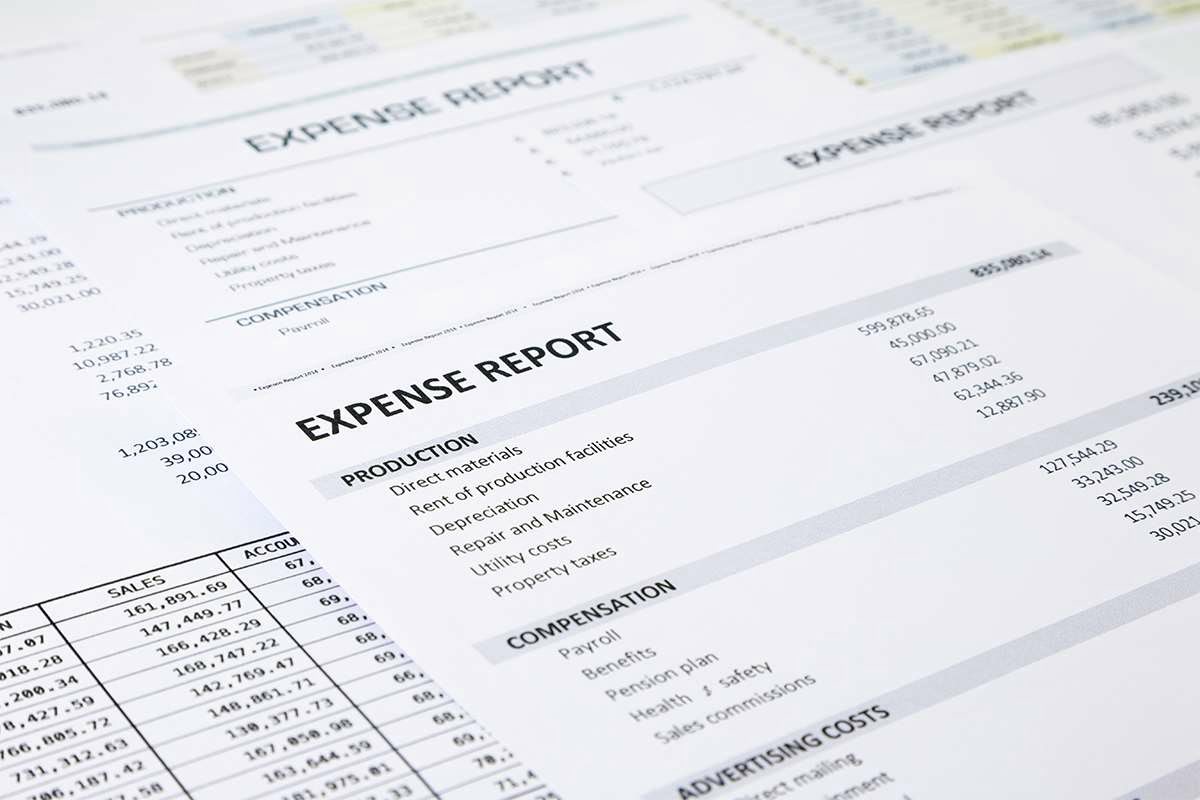

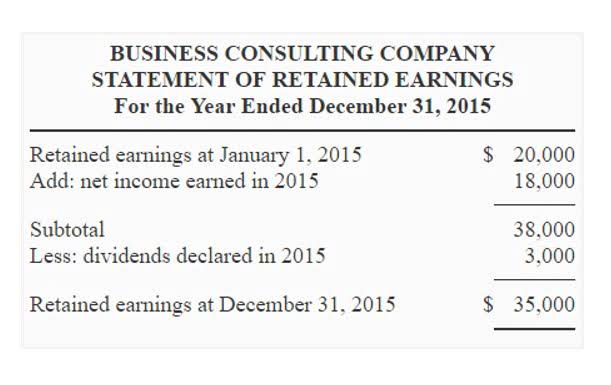






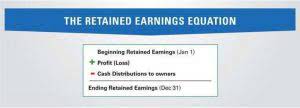

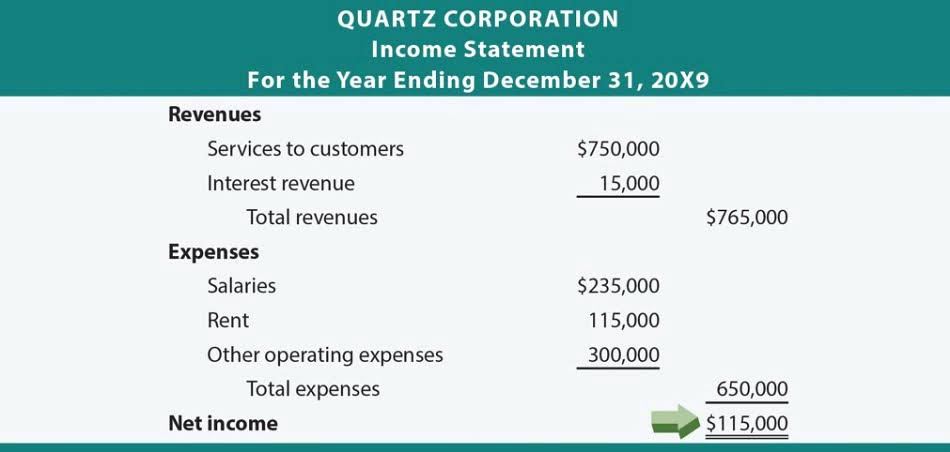

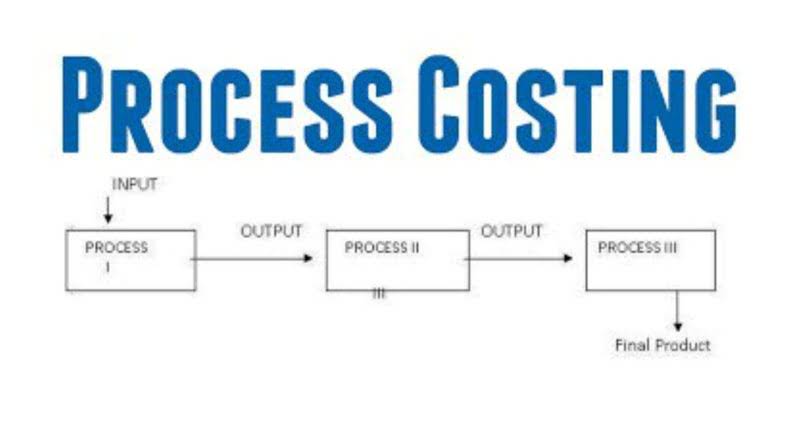


.jpg)
.jpg)